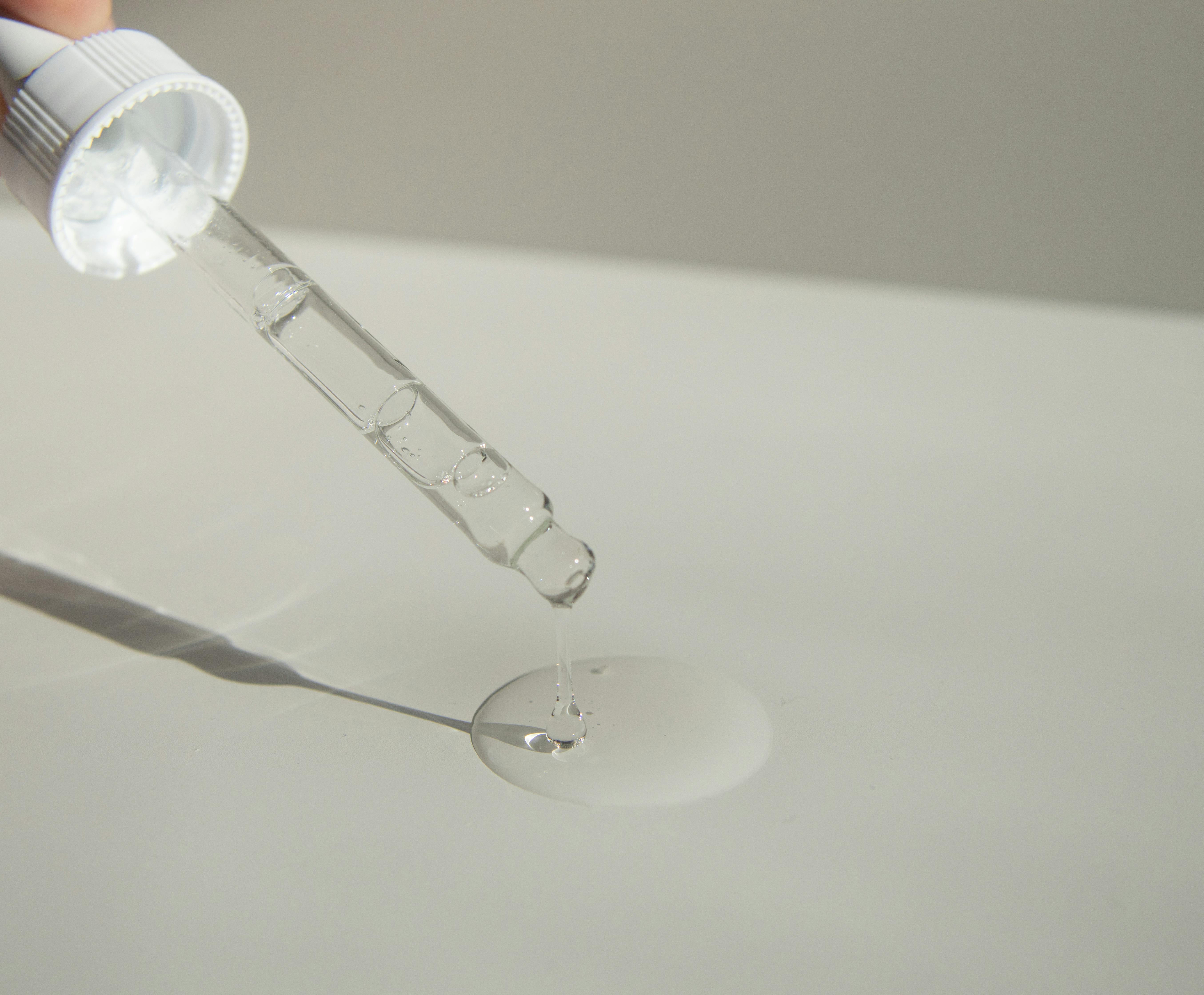Crude oil distillation is the process of separating and refining raw petroleum into usable products. It involves heating crude oil to separate it into different components, or fractions, based on their boiling points. These fractions contain different hydrocarbons, which are organic compounds made up of hydrogen and carbon molecules. The fractions are then further refined to produce various types of fuels and other products. Crude oil distillation is an essential part of the petroleum industry and is used to create a wide range of products that are used in our daily lives.Crude oil distillation is the process of separating crude oil into different fractions or components based on their boiling point ranges. The components, or fractions, are then used to create various products such as gasoline, diesel fuel, jet fuel, and heating oil. This process is done in a specialized facility known as an oil refinery.
Different Types of Distillation Units
Distillation is a process used to separate mixtures of liquids based on their relative volatility. There are many types of distillation units designed to achieve different objectives. The most common types of distillation units are fractional distillation, steam distillation, vacuum distillation, and short path distillation.
Fractional Distillation
Fractional distillation is the most widely used type of distillation unit. In this process, the mixture to be separated is heated until it boils and then collected as a vapor. This vapor is then separated into fractions based on their boiling points. Fractional distillation is often used to separate volatile substances from non-volatile ones or to separate compounds with similar boiling points.
Steam Distillation
Steam distillation is another type of distillation unit which uses steam as the heating medium instead of direct heat. The mixture to be separated is heated in a sealed container with steam instead of being exposed directly to heat. This helps prevent degradation or oxidation caused by excessive heat exposure and can also reduce the amount
Crude Oil Distillation
Crude oil distillation is the process of separating crude oil into different fractions or components by boiling them off at specific temperatures. The fractions are then used to create a variety of different products such as gasoline, diesel fuel, kerosene, heating oil, and heavy lubricating oil. Crude oil distillation requires several steps that involve a combination of physical and chemical processes.
Step 1: Pre-treatment
The first step in crude oil distillation is pre-treatment. This involves removing any contaminants from the crude oil such as sulfur, nitrogen compounds, and heavy metals. The crude oil is also heated to a temperature that allows the various compounds to separate from each other so they can be more easily separated in later steps.
Step 2: Fractional Distillation
Fractional distillation is the main process used to separate the various components of crude oil into different fractions. This process takes advantage of the differences in boiling points between different components of crude oil to isolate them from each other. The fractions are collected as they boil off at specific temperatures and this
How Does a Crude Oil Distillation Plant Work?
A crude oil distillation plant is used to separate crude oil into various fractions or components based on boiling point ranges. This process is also known as fractional distillation. The main purpose of this process is to create marketable products such as gasoline, diesel fuel, heating oil, and lubricating oils. The process starts with the vaporization of crude oil in the preheater. Then the vaporized crude oil is sent to a distillation column where the fractional distillation occurs. In this stage, different fractions are separated according to their boiling points and condensing temperatures.
The next step involves further refining of each component with the help of various techniques such as hydro-treating, solvent extraction, and catalytic cracking. These processes help in removing impurities from the fractions and increasing their octane ratings or improving their color or odor. After that, the fractions are blended together to create marketable products like gasoline or diesel fuel. Finally, these products are passed through polishing towers where any remaining impurities are removed and then stored in tanks for sale or distribution. Crude oil distillation is the process of separating crude oil into its component hydrocarbon fractions. This process has a number of benefits, including providing a reliable source of fuel, increasing efficiency, and reducing environmental impacts. The primary benefit of crude oil distillation is the ability to produce a reliable source of fuel. By separating out different fractions of hydrocarbons from the crude oil, it’s possible to create fuel that can be used in automobiles, airplanes, and other forms of transportation. This helps to ensure that there is an adequate supply of fuel available for the global economy. Another benefit of crude oil distillation is that it can increase efficiency. By breaking down the crude oil into its component parts, it’s possible to increase the efficiency with which the fuel can be used. This means that more energy can be extracted from each barrel of crude oil, helping to reduce the overall cost and environmental impact associated with burning fossil fuels. Finally, one of the main benefits associated with crude oil distillation is that it can reduce environmental impacts. By separating out different fractions from the crude oil, it’ Crude oil distillation is a process used to separate and purify crude oil into more useful products. However, this process has certain limitations. One of the major drawbacks is that it does not produce a high-quality product. The distillates produced are often very impure and contain many contaminants such as sulfur, nitrogen, and other chemical compounds. This makes it difficult to use these products for many applications because of the presence of these contaminants. Another limitation of crude oil distillation is that it is an energy-intensive process. A significant amount of energy is required to heat the crude oil to its boiling point and then separate the different components. This energy consumption can be quite costly for large-scale operations, which limits its practicality for some applications. The final limitation of crude oil distillation is that it can only be used with certain types of crude oils. The properties of each type of oil vary, and not all oils can be distilled in this way. This means that some types of oils may need to be processed using other methods, which can be more expensive or time consuming than dist The temperature of the crude oil during distillation is a major factor in determining the efficiency of the process. Higher temperatures result in more complete separation of components, so it is important to control the temperature of the crude oil throughout the process. In addition, higher temperatures can lead to increased thermal cracking, which further reduces efficiency. Temperature control is essential for efficient distillation of crude oil. The pressure used during distillation affects the efficiency of the process as well. Higher pressures reduce vaporization rates and limit vapor-liquid contact, resulting in reduced efficiency. Lower pressures can also increase volatility and cause excessive foaming, which can lead to unstable operation and reduced efficiency. The pressure should be adjusted to ensure that it is not too low or too high for optimal performance. The vacuum level used during distillation is also important for efficiency. A low vacuum level will cause excessive foaming and instability, while a high vacuum level can reduce vaporization rates and limit vapor-liquid contact. The vacuum level should be adjusted Crude oil distillation is an energy-intensive process that requires careful optimization to increase efficiency. By making small adjustments to the process, it is possible to reduce energy consumption and increase product output. Here are some of the most effective strategies for improving the efficiency of a crude oil distillation process: The first step in improving efficiency is to increase the temperature of the distillation column. This can be done by adding additional heating elements or by using steam or hot oil. Increasing the temperature of the column will increase its capacity and reduce energy consumption. Additionally, it will also help to reduce fouling in the column. The second step is to optimize the design of the distillation column. This includes ensuring that there are adequate trays and packing materials in place, as well as optimizing pressure levels and flow rates. By optimizing these factors, it can help to improve separation efficiency and reduce energy consumption. The third step is to use advanced control systems for improved monitoring and automation. Advanced control systems can provide real-time Crude oil distillation is essential for the production of a wide range of petroleum products. The process has been used to refine raw crude oil into gasoline, kerosene, diesel fuel, and other petroleum products since the late 19th century. Refineries use sophisticated distillation techniques to maximize the yield of desirable products and minimize waste during the refining process. Crude oil is heated to temperatures of 400–750°C and vaporized into a column known as a fractionating tower. This tower separates the crude oil into different components based on their boiling point ranges. The fractions are then collected in separate containers for further refining and eventual use. The benefits of distillation are huge; it helps to increase efficiency in the production of fuel, reduce emissions from industrial processes, and make transportation easier. It also provides a safe work environment for personnel operating at refineries by reducing flammable vapors in the air. Distillation is an essential step in refining crude oil into usable petroleum products that are utilized in many industries around the world. Distillation is an important part of the refining process that has been used to produce high-quality petroleum products

Limitations of Crude Oil Distillation
Temperature
Pressure
Vacuum Level
Improving the Efficiency of a Crude Oil Distillation Process

Conclusion

